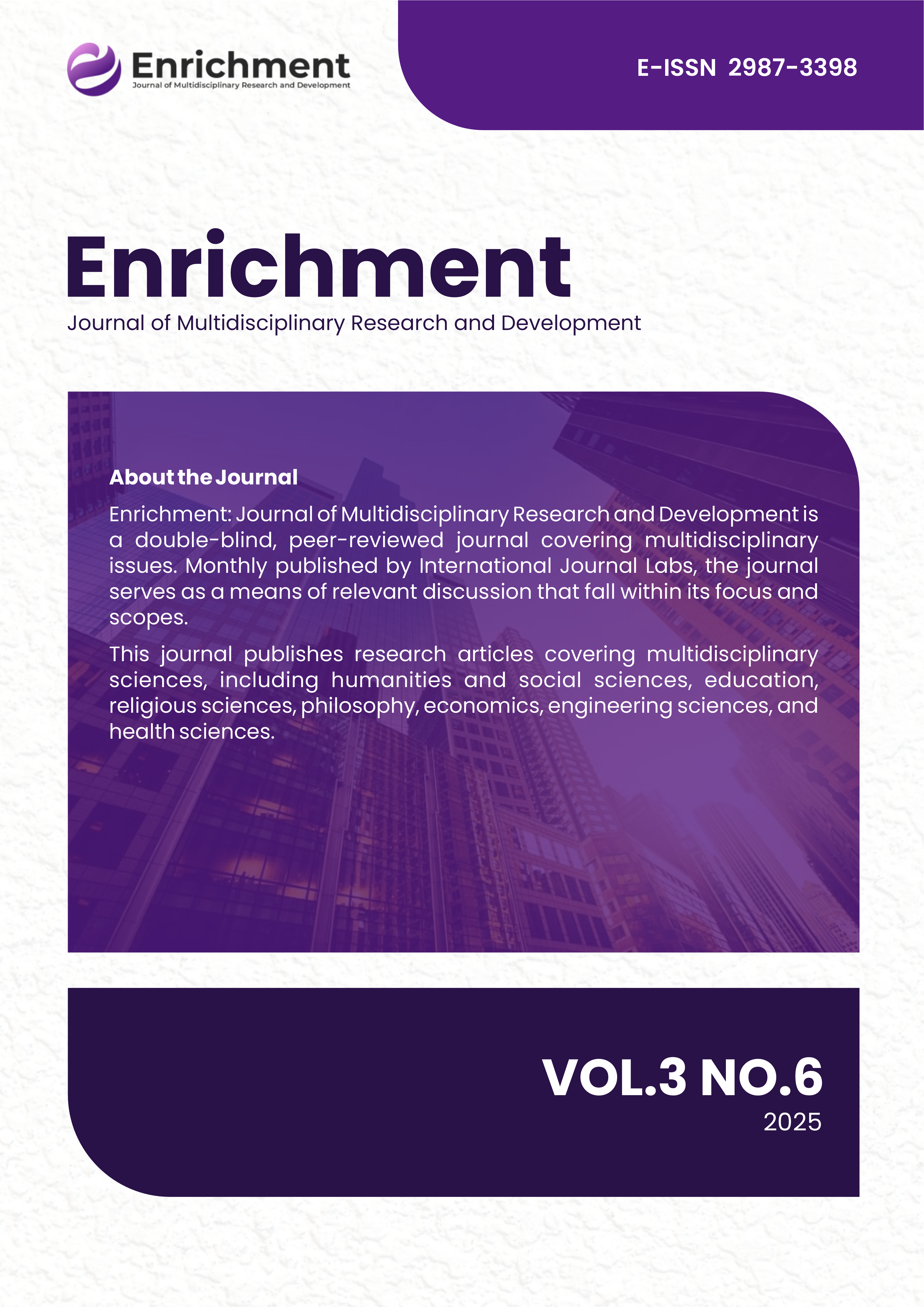Identification of Dominant Factors of Simple House Building Vulnerability in Earthquake-Prone Areas Using RVS and FTA Methods
DOI:
https://doi.org/10.55324/enrichment.v3i6.488Keywords:
Rapid Visual Screening, Fault Tree Analysis, simple house, earthquake, structural vulnerability, Kendeng FaultAbstract
Indonesia is in an active seismic area prone to earthquakes, including the city of Surabaya, which is crossed by the Kendeng Fault. Many modest homes in the area were built without considering earthquake resistance standards, thus posing a high risk of damage and casualties. This research aims to evaluate the reliability level of simple house buildings against earthquakes in the Tandes, Asemrowo, and Sukomanunggal Districts, West Surabaya, which are crossed by the Kendeng Fault. The methods used are Rapid Visual Screening (RVS) based on FEMA P-154 guidelines and Fault Tree Analysis (FTA) as a deductive approach to map the causes of structural vulnerability. The results showed that none of the 30 housing units met the safety criteria; 76.7% of buildings require follow-up evaluation, and 23.3% are classified as unsafe. The dominant factors affecting vulnerability include non-standard foundation conditions, the absence of structural fastening elements, the use of wall materials without reinforcement, and the irregularity of building geometry. These findings indicate the need for technical intervention through structural retrofit, public education about earthquake-resistant buildings, and the formulation of regulations for the construction of residential houses in earthquake-prone zones. The combination of RVS and FTA methods has proven effective in providing a comprehensive overview of the structural condition of existing buildings and can be used as the basis for seismic risk mitigation strategies in urban areas.




